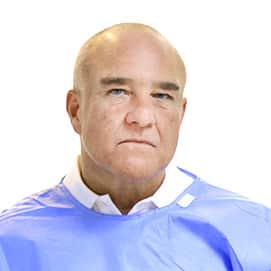Gallstones are hardened body fluids, such as cholesterol stones, pigment/bilirubin stones, and mixed forms. They can form in the gallbladder or in the bile ducts.
The most common forms:
- gallbladder stones (cholecystolithiasis),
- gallstones (cholelithiasis),
- bile duct stones (choledocholithiasis),
- pigment stones,
- cholesterol stones,
- sand in the gallbladder.
Every fourth woman over 50 suffers from gallstone disease, men get sick less often.
Prevention
Healthy (low-fat) food, normal weight, if necessary, treatment of the underlying disease.
Symptoms
30% patients have complete absence of symptoms of the disease, pain in the right hypochondrium. Severe pain: biliary colic, with the development of jaundice (ikterus): dark urine, light stools, fever, vomiting.
Diagnostics
General examination, ultrasound examination (sonography), blood tests, computed tomography (CT), examination of the bile ducts (BCPG).
Sometimes endoscopy and/or x-rays are needed.
Treatment
- In the absence of complaints, there is no need for treatment.
- For colic: first painkillers and "relaxing" medicines.
- Complaints: removal of the gallbladder (cholecystectomy).
- With stones in the bile ducts (choledocholithiasis): endoscopy (ERCP).
- Only in an exceptional case: medicines (stone-dissolving drugs), crushing.
Surgery: minimally invasive (with a minimum degree of penetration into the body) through laparoscopy, laparoscopic operations, low risk, almost no complications, fast recovery.
Head of the Clinic for Gastroenterology and Hepatology, University Hospital Essen
Video
Request appointment
Useful links
Photo gallery










